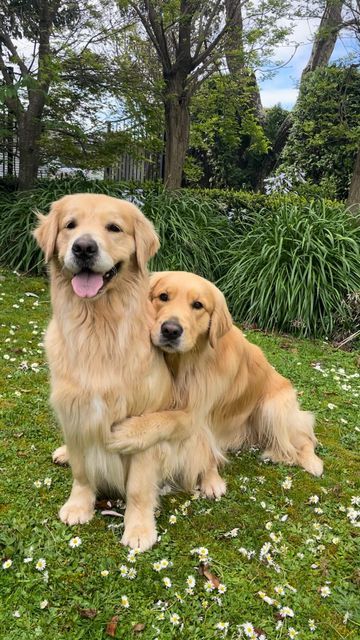Dog / Detail
The White Dog of the Yukon: A Legendary Guardian, A Blend of Tradition and Resilience
Jonathan Bennet | 07 September 2024 | 18:05
Canadian folklore is rich with tales of dogs, both real and mythical. One of the most famous legends in Canadian folklore is the tale of the "White Dog of the Yukon," a ghostly canine said to appear to travelers in need of help.
This enigmatic creature has captured the imaginations of people for generations, becoming a symbol of hope and survival in the harsh wilderness of the North.
According to the legend, the White Dog of the Yukon is a spectral canine, often described as having a luminous white coat and glowing eyes. It is said to appear to lost or stranded travelers, guiding them safely back to civilization.
The dog is believed to be a guardian spirit, protecting those who venture into the unforgiving wilderness.

The origins of the White Dog legend are unclear, but it is likely based on real-life encounters with lost or injured dogs in the Yukon Territory.
In addition to the White Dog of the Yukon, there are many other legends and stories about dogs in Canadian culture. Some Indigenous cultures considered dogs to be sacred animals and often buried them with their human companions. The dog's spirit was believed to accompany the deceased into the afterlife, providing guidance and protection.
In the harsh Arctic environment, dogs were essential companions for travelers, providing warmth, companionship, and protection. It is possible that stories of dogs appearing to lost or stranded individuals were exaggerated over time, giving rise to the legend of the White Dog of the Yukon.

Arctic Breeds: Guardians of the North
- Siberian Husky: Known for their thick coats, blue eyes, and endurance, Siberian Huskies are a popular breed in Canada's northern territories. Originally bred by the Chukchi people of Siberia, these dogs were used as sled dogs for transportation and hunting. Their remarkable ability to thrive in extreme cold temperatures has made them a favorite among Arctic explorers.
- Alaskan Malamute: Similar in appearance to the Siberian Husky, Alaskan Malamutes are another iconic Arctic breed. They are larger and more powerful than Huskies, making them ideal for hauling heavy loads across vast distances. Alaskan Malamutes are known for their friendly and gentle nature, often referred to as "smiling dogs" due to their upturned mouths.
- Inuit Dog: The Inuit Dog, also known as the Canadian Eskimo Dog, is a unique breed that has been bred by Inuit people for centuries. These dogs are highly adaptable to Arctic conditions and can withstand temperatures as low as -60°C. They are known for their intelligence, loyalty, and strong hunting instincts.

Working Dogs: Essential Partners
- Labrador Retriever: The Labrador Retriever is one of the most popular dog breeds in Canada. Originally bred as a water retriever in Newfoundland, these dogs are known for their intelligence, loyalty, and friendly temperament. Labradors are often used as working dogs, serving as guide dogs for the visually impaired, service dogs for people with disabilities, and search and rescue dogs.
- German Shepherd: German Shepherds are another popular working breed in Canada. They are known for their intelligence, trainability, and protective instincts. German Shepherds are often used as police dogs, military dogs, and search and rescue dogs.
- Golden Retriever: Golden Retrievers are a friendly and gentle breed that is often used as a family pet. They are also popular working dogs, serving as guide dogs, service dogs, and therapy dogs.

The Future of Canadian Dogs
As Canada continues to grow and evolve, so too will the role of dogs in society. While the demand for popular breeds like Labradors and German Shepherds remains high, there is also a growing interest in less common breeds and mixed-breed dogs.
The future of Canadian dogs is bright, and their continued presence in our lives is a testament to their enduring loyalty, companionship, and adaptability.
Related
-

The Healing Power of Dogs: How Canine Therapy is Revolutionizing Mental Health and Boosting Positive Energy in Humans
Dog14 November 2024
-

A Pawsitive History: Dogs of Nuremberg
Dog09 November 2024
-

The Role of Oxytocin in the Human-Dog Bond: The Science Behind Our Deep Connection
Dog06 November 2024
-

Beyond the Beach: Jamaica's Dog Lovers
Dog29 October 2024
-

A Dog's Delights: Homemade Snacks for Our Furry Babies, Recipes Included!
Dog29 October 2024
-

A Dog's Disorientation: Understanding Your Dogs' Wanderlust
Dog29 October 2024
Popular
-

-

A Pawsitive History: Dogs of Nuremberg
09 November 2024 -

-

Beyond the Beach: Jamaica's Dog Lovers
29 October 2024 -
